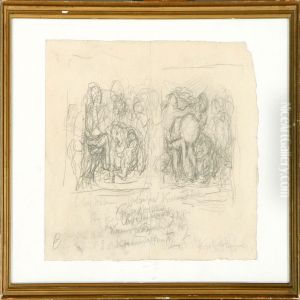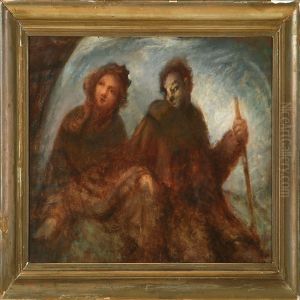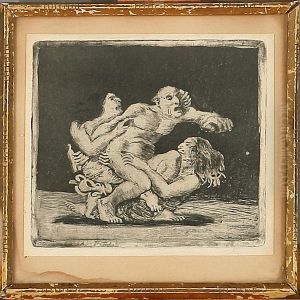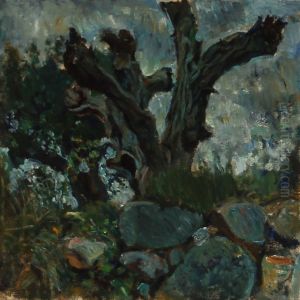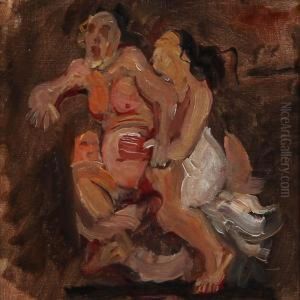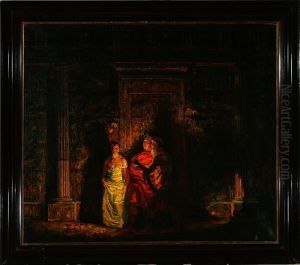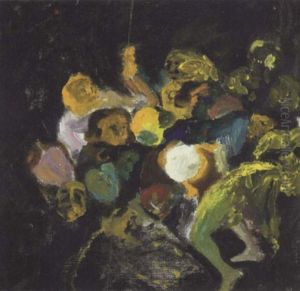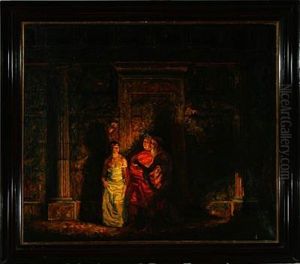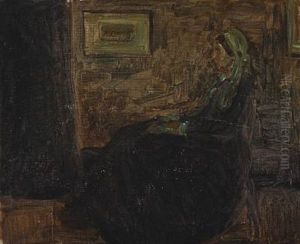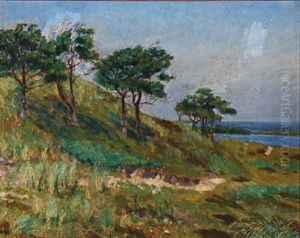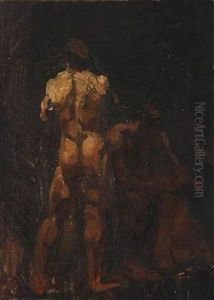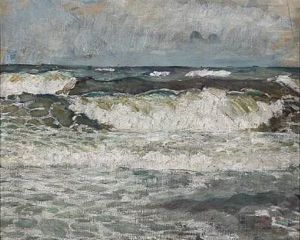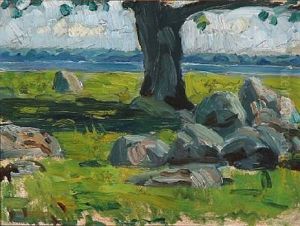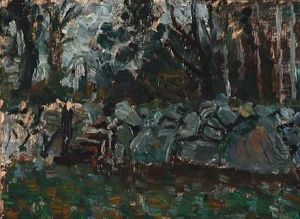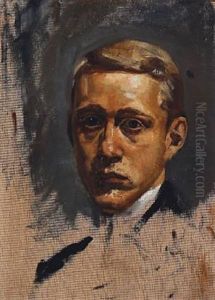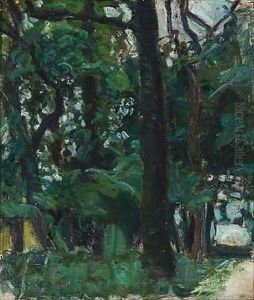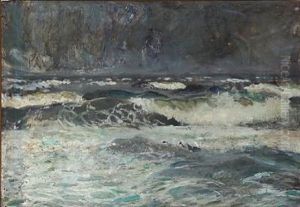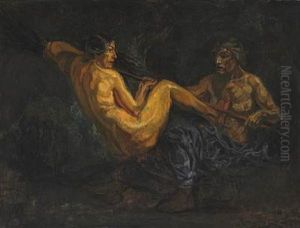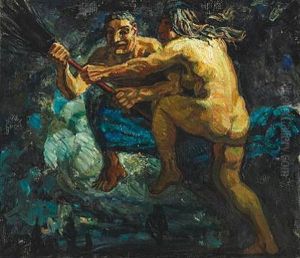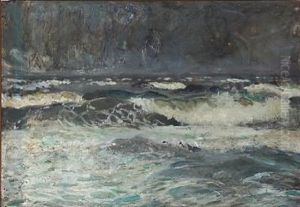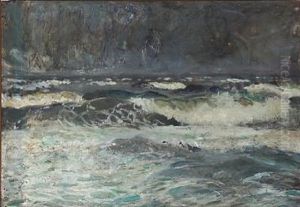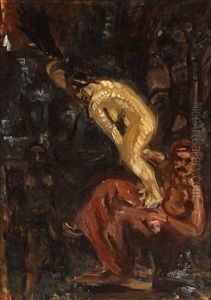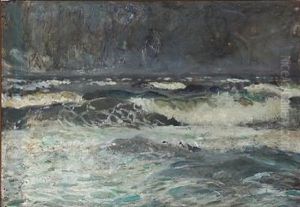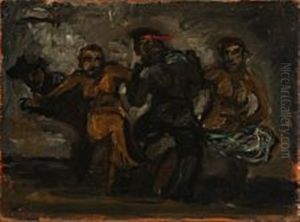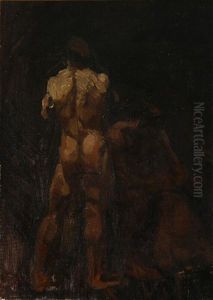Oluf Hartmann Paintings
Oluf Hartmann was a notable Danish painter and graphic artist, whose work made a significant impact in the early to mid-20th century. Born on March 27, 1904, in Frederiksberg, Denmark, Hartmann was part of a family with a strong artistic lineage. His father, Carl Hartmann, was an architect, which exposed Oluf to the world of art and design from an early age. Despite this early exposure, Hartmann's initial career path was not in the arts; it was not until later that he decided to pursue his passion for painting, a decision that would lead to his lasting legacy in Danish art.
Hartmann's artistic journey began at the Royal Danish Academy of Fine Arts in Copenhagen, where he studied from 1922 to 1926. His education grounded him in the classical traditions of painting, but his style evolved significantly over the years. Hartmann's early work was influenced by Expressionism, a movement that emphasized the expression of emotional experience over physical reality. However, his style underwent a transformation as he began to incorporate elements of Surrealism and Symbolism, particularly in his depiction of dreamlike landscapes and scenes imbued with a sense of mystery and introspection.
Throughout his career, Hartmann exhibited a keen interest in exploring the psychological and spiritual dimensions of human experience. This is evident in his choice of subjects, which often included religious themes, landscapes, and scenes from everyday life, all portrayed with a unique blend of realism and fantasy. His works are characterized by their intricate detail, vibrant colors, and the often somber mood that pervades them.
Hartmann's contributions to Danish art were recognized during his lifetime. He was a member of the Grønningen, a prestigious artists' association, and his works were exhibited widely in Denmark and internationally. Despite his success, Hartmann remained a somewhat enigmatic figure, preferring to stay out of the public eye and letting his work speak for itself.
Oluf Hartmann passed away on January 11, 1987, leaving behind a rich body of work that continues to be celebrated for its depth, originality, and emotional resonance. Today, his paintings can be found in the collections of several Danish museums, including the National Gallery of Denmark, testament to his enduring influence on the Danish art scene.
